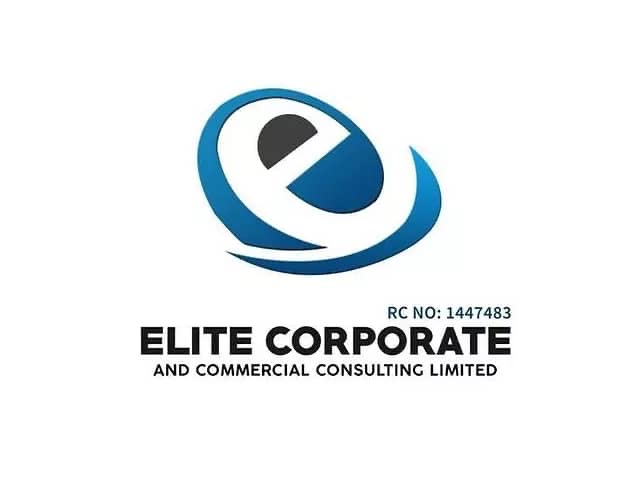
Email marketing remains one of the most effective digital marketing strategies for businesses in 2025. Despite the rise of social media, artificial intelligence tools, and influencer marketing, email campaigns still provide direct access to your audience’s inbox—delivering personalized, measurable, and cost-effective communication. However, to achieve high conversion rates, your email marketing campaigns must go beyond sending bulk messages. They need to be strategic, targeted, and engaging.
In this article, we’ll explore proven techniques to create email marketing campaigns that convert into sales, leads, and long-term customer relationships.
1. Understanding Your Audience
The foundation of any successful email campaign lies in knowing your subscribers. Segment your audience based on demographics, purchase history, or interests. For instance, a clothing retailer can send different campaigns to customers interested in men’s wear versus women’s fashion.
Pro Tip: Use tools like customer relationship management (CRM) systems or email marketing platforms (e.g., Mailchimp, HubSpot, ConvertKit) to build detailed subscriber profiles.
2. Crafting Compelling Subject Lines
Your subject line determines whether your email gets opened or ignored. It should be short, catchy, and relevant.
Examples of effective subject line strategies:
- Personalization: “Jonathan, your special offer is waiting!”
- Curiosity: “You won’t believe what’s trending this week”
- Urgency: “Final hours: 50% off ends tonight!”
3. Personalization Beyond the Name
Personalization isn’t just about including the recipient’s name. Modern email marketing allows dynamic content based on browsing behavior, abandoned carts, and previous purchases. Personalized recommendations can significantly increase click-through and conversion rates.
4. Designing Mobile-Responsive Emails
With most people checking emails on smartphones, mobile optimization is non-negotiable. Use responsive design, clear fonts, concise text, and visually appealing images that load quickly. Ensure call-to-action (CTA) buttons are easily clickable.
5. Creating Clear and Strong CTAs
Every email should have a goal—whether it’s to encourage a purchase, download a guide, or register for a webinar. Your CTA should be clear, action-oriented, and visible.
Examples:
- “Shop Now”
- “Download Free Guide”
- “Claim Your Discount”
6. Leveraging Automation and Drip Campaigns
Automation ensures consistent and timely communication. Examples include:
- Welcome Emails: Sent immediately when someone subscribes.
- Abandoned Cart Emails: Remind customers to complete purchases.
- Re-engagement Emails: Target inactive subscribers with exclusive offers.
Drip campaigns nurture leads over time, building trust and eventually leading to conversion.
7. A/B Testing for Optimization
Experiment with subject lines, send times, CTA placements, and content style. A/B testing helps identify what resonates best with your audience, leading to better open rates and conversions.
8. Tracking and Analyzing Performance
Key performance indicators (KPIs) to monitor include:
- Open Rate – measures subject line effectiveness.
- Click-Through Rate (CTR) – shows engagement with content.
- Conversion Rate – tracks how many recipients took desired actions.
- Unsubscribe Rate – indicates if content is irrelevant or overwhelming.
9. Building Trust with Valuable Content
Avoid overly promotional emails. Instead, balance your campaigns with value-driven content such as tips, how-to guides, industry updates, and exclusive insights. This builds trust and increases the likelihood of conversions over time.
10. Complying with Email Regulations
Adhere to data privacy laws like GDPR, CAN-SPAM, and Nigeria Data Protection Regulation (NDPR). Always include an unsubscribe option and respect user consent.
Conclusion
Email marketing campaigns that convert are built on audience understanding, personalization, mobile responsiveness, engaging design, and strong CTAs. By leveraging automation, A/B testing, and analytics, businesses can fine-tune strategies that boost engagement and drive measurable results.
When executed correctly, email marketing is not just about communication—it’s about building long-term customer loyalty and maximizing business growth.
Disclaimer
This article is for informational and educational purposes only. The strategies and tips shared here are based on general marketing practices and industry trends. Results may vary depending on the nature of your business, target audience, and execution. For personalized advice, consult with a certified digital marketing professional or agency.
